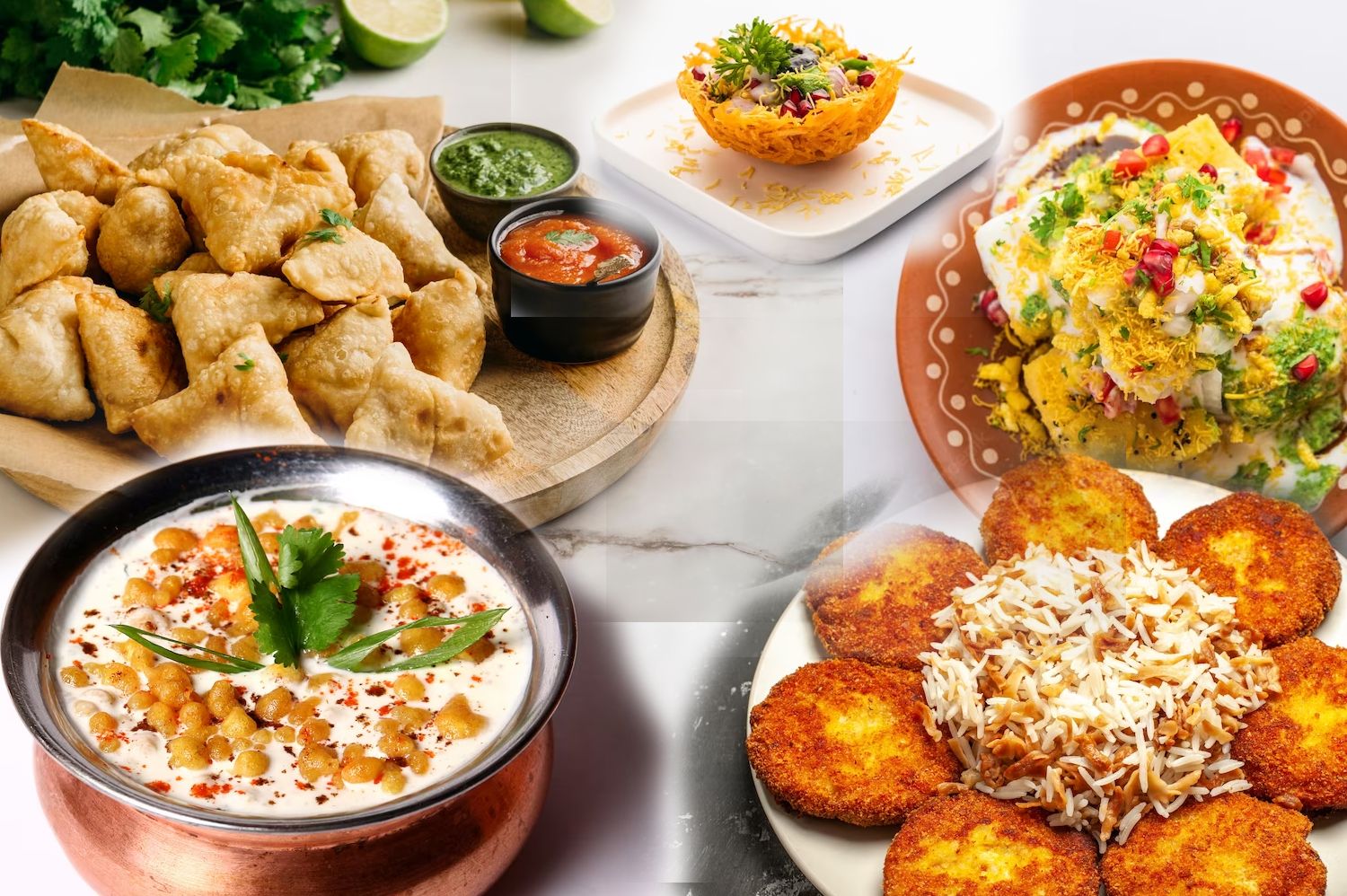Delhi, the capital city of India, has a rich and diverse food culture. The city is known for its street food, which ranges from chaat (a type of snack) to tandoori (grilled) dishes. The city is also known for its Mughlai cuisine, which is heavily influenced by the Mughal Empire and features dishes such as biryani (a type of rice dish), kebabs, and curries.
Delhi is also known for its sweets, such as jalebi (a fried sweet), ras malai (a sweet made of cottage cheese), and kulfi (a type of ice cream). The city also has a vibrant street food culture, which can be found in areas such as Old Delhi, where you can find popular street foods like chole bhature, parathas, chow mein etc.
In addition to traditional Indian cuisine, Delhi also has a wide variety of international restaurants, including Chinese, Italian, and Continental options. The city is also home to a number of fine dining restaurants that serve a mix of traditional and contemporary Indian dishes.
Overall, Delhi’s food culture is a reflection of its diverse population and rich history. It offers a wide variety of options for foodies to explore and indulge in.
Delhi’s food culture is also heavily influenced by its neighboring regions, such as Punjab and Uttar Pradesh, which both have a strong presence in the city. This can be seen in the popularity of dishes such as dahi bhalla, chana masala and aloo tikki.
Another aspect of Delhi’s food culture is the popularity of food festivals and food markets. The city hosts a number of food festivals throughout the year, celebrating different cuisines and showcasing the work of local chefs. For example, the Delhi Street Food Festival and Grub Fest are popular annual events that draw food enthusiasts from all over the city.
The city also has a number of food markets, such as the Dilli Haat and the Khari Baoli Spice Market, where visitors can sample local delicacies and buy ingredients to take home.
The city also has a number of food tours, which offer visitors the opportunity to explore the city’s food culture and try a variety of different dishes. These tours usually take visitors to popular street food stalls, local markets, and traditional restaurants.
Another important aspect of Delhi’s food culture is the role of family and community. Eating together with family and friends is an important part of daily life in Delhi and is considered a social activity. Many families gather together for meals, especially during festivals and special occasions.
Additionally, Delhi has a large Muslim population, which has greatly influenced the city’s food culture. The city is famous for its Mughlai cuisine, which is heavily influenced by the Mughal Empire and features dishes such as biryani, kebabs, and curries. These dishes are typically made with a rich blend of spices, nuts and dried fruits, and are usually served with yogurt-based raitas and chutneys.
The city is also home to a number of traditional eateries, such as dhabas, which are small, family-run restaurants that serve traditional Punjabi cuisine. These eateries are known for their simple, hearty and flavorful food, and are popular among locals and tourists alike.
Lastly, Delhi is also famous for its street food. The street food scene in Delhi is incredibly diverse and offers a wide range of options for every taste. From chaat and tikki, to gol gappa and pakoras, street food in Delhi is a unique and delicious experience that should not be missed.
In conclusion, Delhi’s food culture is a reflection of its diverse population, rich history and cultural influences. It offers a wide variety of options for foodies to explore and indulge in, whether it be traditional Indian food, street food, or international cuisine.











